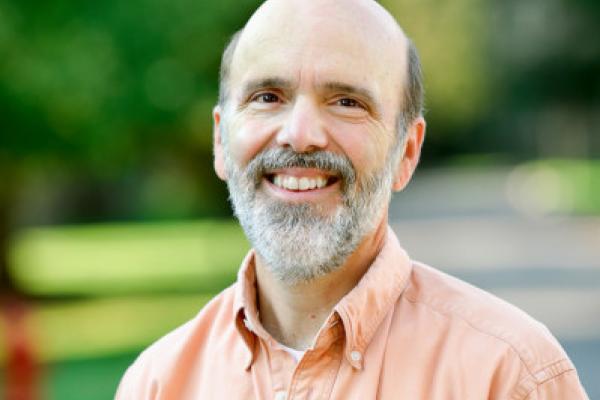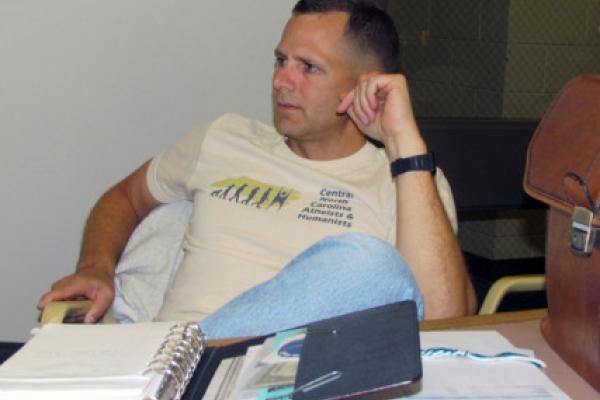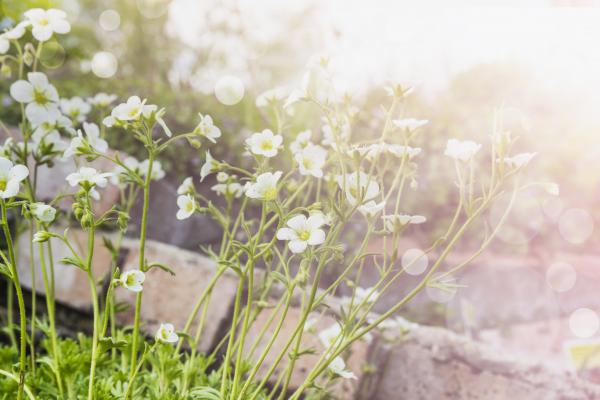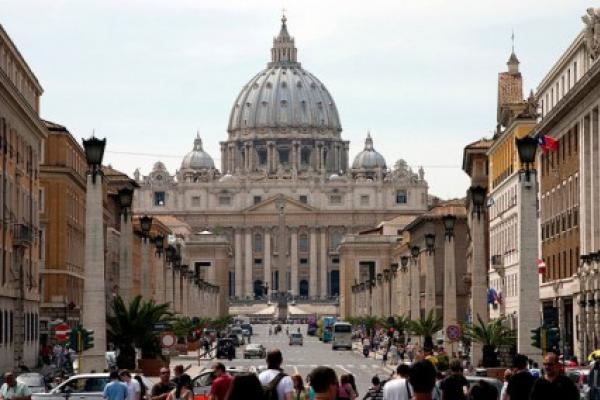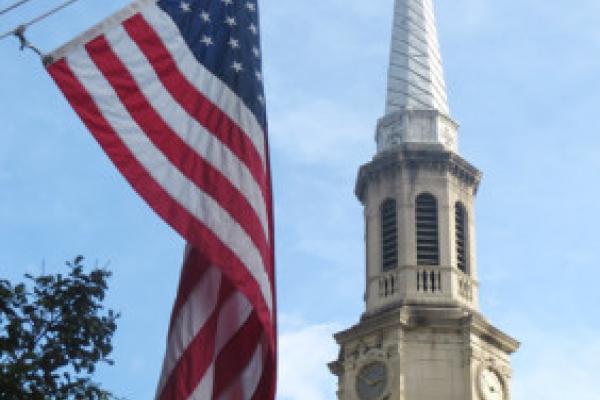Yet another Pledge of Allegiance lawsuit has been filed, this time with New Jersey humanists challenging the requirement that each school day begin with recitation of the pledge describing the United States as one nation, “under God.”
This case joins a bevy of previous cases that have wended their way through the courts, costing school districts and states millions of taxpayer dollars and contributing to bitter disputes across the country. To date, the Supreme Court has studiously avoided ruling on such cases, but if this continues, eventually, the court will be required to join the fray.
I am always sorry to see these cases: On the one hand, I am sympathetic with the students and parents who do not want their children indoctrinated in religion by a government, even with a very general declaration of the existence of God. (And I am always disappointed that so many people who vehemently insist that government is incompetent want government to lead prayer.)
More than two years after first making his request, Army Maj. Ray Bradley can now be known as exactly what he is: a humanist in the U.S. military.
Lt. Col. Sunset R. Belinsky, an Army spokeswoman, said Tuesday that the “preference code for humanist” became effective April 12 for all members of the Army.
When God coupled the earth with the breath of eternity, our souls and the soil were fused and our destinies perpetually intertwined. While many of us have been taught that human beings have dominion over the Earth, we have not understood that what we do to Mother Earth, we do to one another and to God.
Dominion theology has led to domination, abuse, and destruction of Mother Earth and human communities. Every time we strip the land of its diversity, we strip a layer of humanity from our collective souls. Soil is also a community of diverse beings — some visible to the naked eye, some microscopic. A diversity of beings distinguish fertile soil from lifeless dirt. When industrial agriculture or chemical spills make these beings homeless, our soil becomes dust and is gone with the wind. Regardless of their visibility to the human eye, maintaining the homes of microbes intact, is what keeps the land fertile for growing crops which feed human beings. Adding microbes to “the least of these” who deserve our protection is truly an act of self preservation.
Respect and protection is a recurring casualty of dominion theology in that dominated land requires dominated people to work it. Plantations required slaves, and agribusiness requires exploited immigrants. Generational shame was whipped into the minds of enslaved Africans as their backs were abused in cultivating the land. Over the course of 400 years, a healthy relationship with Mother Earth was one of those legacies lost, stolen, or strayed for many African Americans. Restoring a healthy relationship with the land is a vital prerequisite for our urban youth to turn their food deserts into an oasis of food sovereignty.

I felt the ground crumbling from beneath me and so I clung to silence. Still, the sound of death was there. I tried to drown out the haunting screams echoing in my brain with my breath — but the rising and falling of my chest exhausted my efforts. In remembering those suffocated by inhumanity, I felt guilty for breathing in the sweet scent of life. Here, memories of death are inescapable in a country that holds so much beauty.
We stayed in silence together as we drove home — attempting to escape the bloody reminders of death. Home is at the Pallottine mission guesthouse built on the same campus that the Gikondo Massacre took place 20 years ago. On April 10, 1994, three days after the genocide began, the interahamwe savagely murdered 110 Tutsis in a large parish on this campus. As if simply killing wasn’t enough, the militia slowly tortured and mutilated the bodies of all Tutsis present at the church. Somehow, 11 children survived the slaughter and were hidden in another chapel by the parish nuns — I could see this chapel from the balcony of my guest room. But three days later, the interahamwe returned to Gikondo to set the chapel on fire. There were no survivors. This is the place we call “home.” The UNAMIR considered this massacre at Gikondo the first evidence of “genocide,” referring to violent crimes intending to wipe out the existence of a people group. In response to these evident systematic killings, the commander of the U.N. Peacekeepers pleaded with his superiors to allow him to intervene before more died. He said that he only needed 2,500 troops to end the slaughter within weeks to defend the Tutsis. His plan of attack against the interahamwe would stop their violent rampage. Shockingly, the U.N. denied his request and instead, required 90 percent of peacekeeping forces to withdraw from Rwanda. A month later in May, the U.N. Security Council finally voted to send 5,500 peacekeeping troops to Rwanda however, the United States stalled their deployment. Delighted by the world’s lack of response, the interahamwe continued to reign and the bloodbath escalated. One hundred days passed and still, the world did not say a word.
Joshua broke the silence,
Christians began a three-day prayer and fasting period after Islamist Boko Haram militants kidnapped hundreds of schoolgirls in Nigeria and desperate parents joined the search in a remote forest.
The girls were abducted last week while at school in the Chibok area of Borno State. Initial reports said about 200 were kidnapped, but government officials lowered the figure to 130. On Monday, school officials said 234 were abducted and 40 girls had managed to escape.
“We know no religion [that] prescribes abduction or infliction of pain as a way of devotion,” said the Rev. Titus Pona, an official with the Christian Association of Nigeria. “We are calling on them to sheathe their arms and pursue their case in dialogue with the government.”
Hundreds of pilgrims wind their way around St. Peter’s Square as tour guides shout in multiple languages. Beggars have their hands outstretched amid warnings of an invasion of pickpockets from abroad.
Italian authorities are expecting at least a million pilgrims, including heads of state, prime ministers, and diplomats from 54 countries. One group of Polish pilgrims is making the 2,000-mile trek on horseback, dressed in medieval costumes, to celebrate Poland’s most famous native son.
A smart professor in Massachusetts noticed recently that religion’s decline in America coincided with the rise of the Internet.
He theorized that the two may be connected. Headline: “Is the Internet bad for religion?”
It’s utter nonsense, of course. The decline of mainline churches began in 1965, not in the 1990s when the Internet became commercially available. It would be more accurate, from a timing standpoint, to say that the American League’s designated hitter rule (1973) caused religion’s decline. Or maybe the “British invasion” in rock ‘n’ roll (1964).
